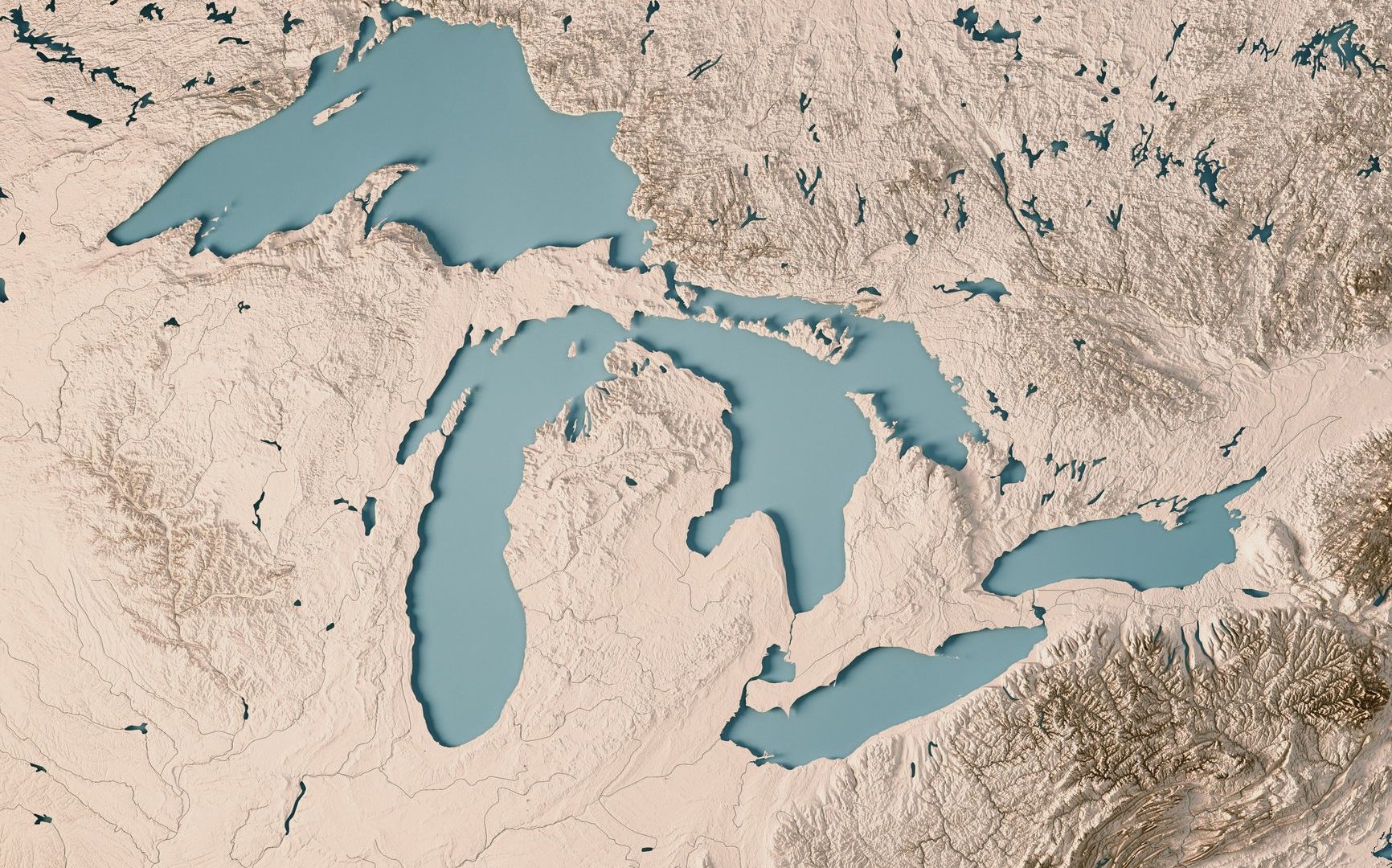The Great Lakes and St. Lawrence Cities Initiative (GLSLCI) has called on U.S. and Canadian elected officials to include water restoration priorities in any upcoming economic stimulus programs.
In addition to economic stimulus, the funding would help safeguard coastal resources and mitigate future damage from erosion, flooding, and severe storm events. It would also:
- Modernize outdated wastewater infrastructure and prevent exposure to toxic pollutants in drinking water.
- Reduce agricultural and urban runoff that feeds harmful algal blooms.
- Prevent beaches from being contaminated by sewage overflows during severe storms.
“Investing in water infrastructure is one of the most cost-effective ways to stimulate economic activity,” said Mayor Michael Vandersteen, chair of the Great Lakes and St. Lawrence Cities Initiative. “Every job added in the water and wastewater industry is projected to create an additional 3.68 jobs in the national economy, and every million dollars in federal funding will generate $2.95 million in economic activity.”
The Great Lakes represent 80 per cent of North America’s supply of fresh surface water and are the drinking water source for 40 million people. With nearly one-third of U.S. and Canadian economic activity centered in the Great Lakes and St. Lawrence region, accelerating its recovery will fuel the larger, national economic recovery.
With over $12 billion in priority water infrastructure projects awaiting funding and ready for implementation in 2020 in the Great Lakes and St. Lawrence region, there is a real opportunity to put people back to work now while ensuring safe drinking water and mitigating flooding damage tomorrow. This includes at least 130 projects along coastal communities that require $4.1 billion.
“We have an immediate opportunity to invest in dozens of important water infrastructure projects in communities across the eight-state, two-province Great Lakes and St. Lawrence region,” said Mayor Walter Sendzik, vice chair of the Great Lakes and St. Lawrence Cities Initiative. “Coastal communities across the Great Lakes and St. Lawrence region are heavily impacted by erosion, flooding, and other effects from high lake levels and extreme weather events and Great Lakes water levels are at all-time highs.”
Maintaining water infrastructure is critical for the health of local communities and regional economies. For example, more than nine million jobs across the binational Great Lakes and St. Lawrence region, generating $447 billion in annual wages, are in sectors that depend on clean water infrastructure and services.












